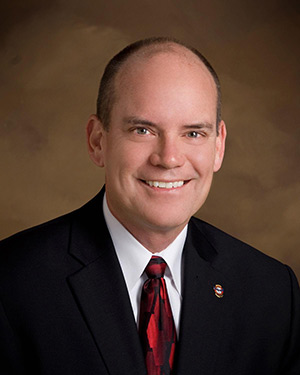From the Chief’s Corner: Reading Between the Lines…In-Building Coverage Limited Area or Complete Coverage?
Posted on October 27, 2021
I am sure many of you have heard the phrase “reading between the lines” but have you ever thought that much about its real meaning. Many sources explain that it is to look for or discover a meaning that is hidden or implied rather than explicitly stated. I believe that holds true in the case of determining if in-building coverage is required for the entire building or potentially for a limited area.
Quite often, we are asked a very interesting question related to signal strength test results after a building has been evaluated for public safety. The question typically goes something like this: Is the building owner required to provide an in-building solution throughout the entire building when there may be just an area or two that has deficient coverage?
For this article, let’s use the example of a twelve-story building that has areas on floors eleven and twelve that fail however the remainder of the building meets the required signal strength set forth by the AHJ from the public safety macro system.
So, what do the codes say?
So the first step is to determine what the requirements of the jurisdiction are. Many use the requirements of model standards which are a Delivered Audio Quality (DAQ) measurement of 3.0. If we go back to the idiom of “reading between the lines” what the codes are saying is that if the public safety radio system does not naturally provide sufficient radio frequency signal into the building to achieve a DAQ of 3.0, then and only then is there a need for an enhancement solution.
In certain cases, it may be desirable to install coverage for the whole building, particularly if the majority of the building requires coverage enhancement. However, if only a small portion of a building requires coverage such as in our example floors eleven and twelve installing a full-building system may not be ideal. In fact, it might be undesirable from a couple of viewpoints. Best practice for in-building public safety communications enhancement solutions commonly identified as an Emergency Responder Communications Enhancements Systems (ERCES) is to achieve code-compliant coverage where needed while minimizing noise and interference that have the potential to disrupt the entire public safety macro system or negatively interact with other coverage enhancement systems in other nearby buildings. Additionally, why would anyone want to make a building owner spend unnecessary resources on something that is not needed or more importantly not required by code?
Does every fire sprinkler system need a fire pump?
There is one important aspect of a limited coverage design that must also be taken into account and that is the fact that the ERCES solution should be designed so that if additional areas of the building need coverage in the future, the system can be expanded. Also, it’s a fairly common practice that if a portion of a floor needs coverage you provide it on that entire floor.
The Safer Buildings Coalition strongly recommends consulting with the radio system administrator(s) (frequency license holder(s)) of the jurisdiction, and a qualified and experienced in-building public safety communications systems integrator who can collaborate to determine the optimum solution for each building, building environment, use case, and situation.
The decisions at hand related to the installation of an ERCES require one to consider many different factors to meet or comply with the intent of the codes and standards. It’s like the phrase from the 1800’s implies, “there’s more than meets the eye”. Next time you are evaluating a building remember, installing more coverage than is needed has the potential for undesirable / unintended consequences. Too much of a good thing when not needed can:
|


